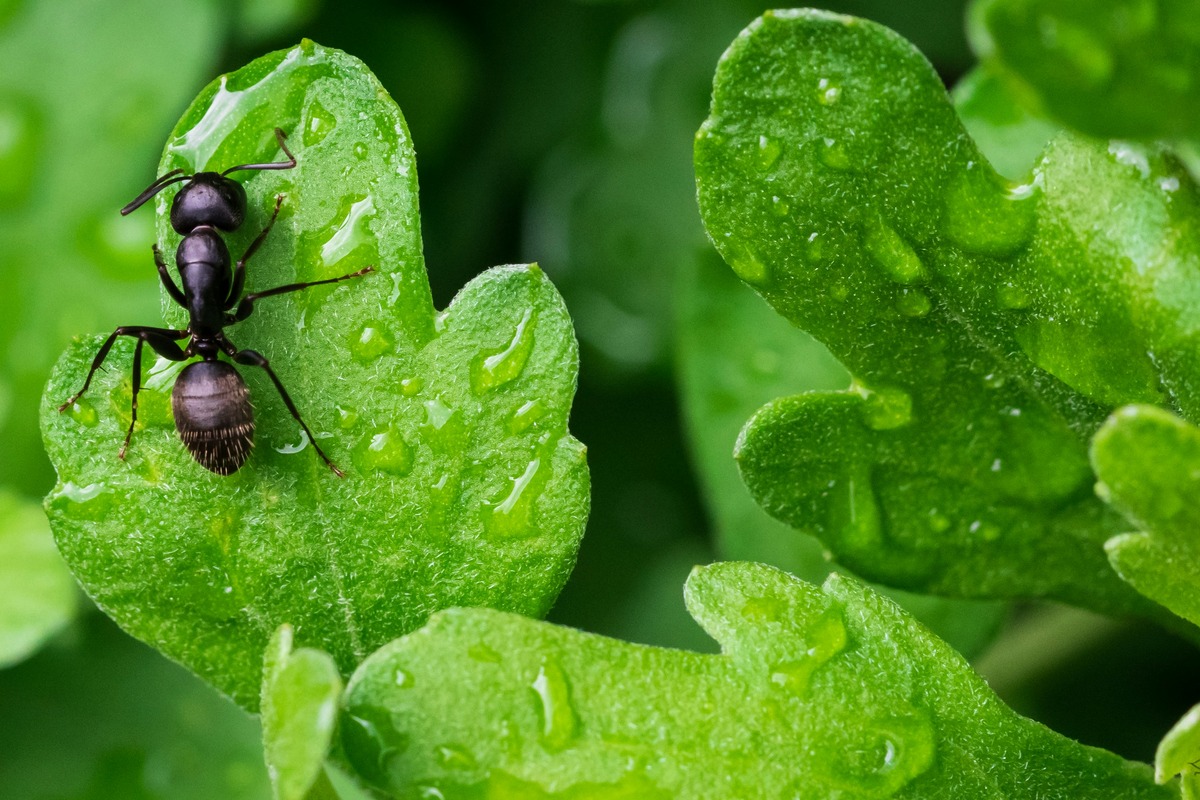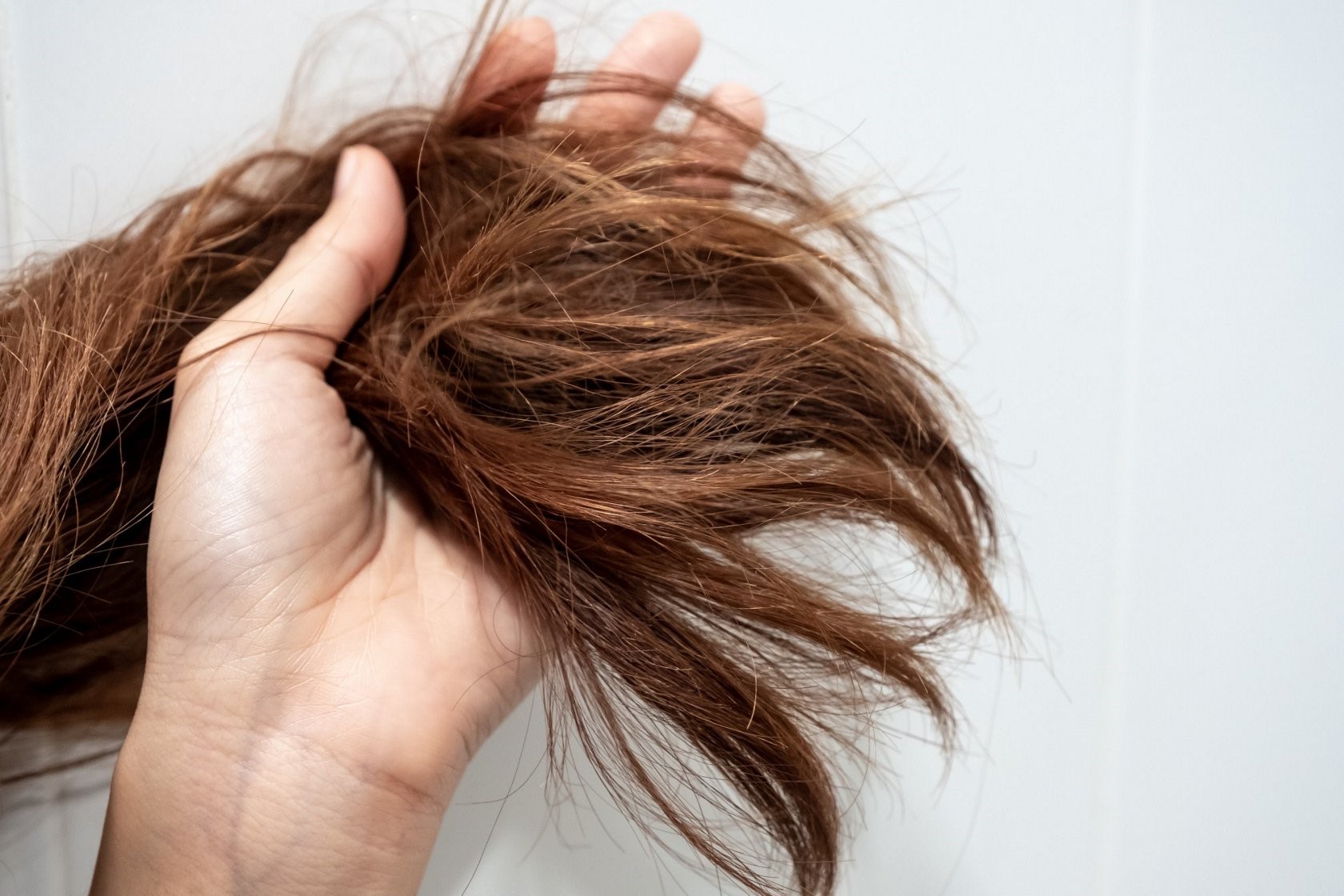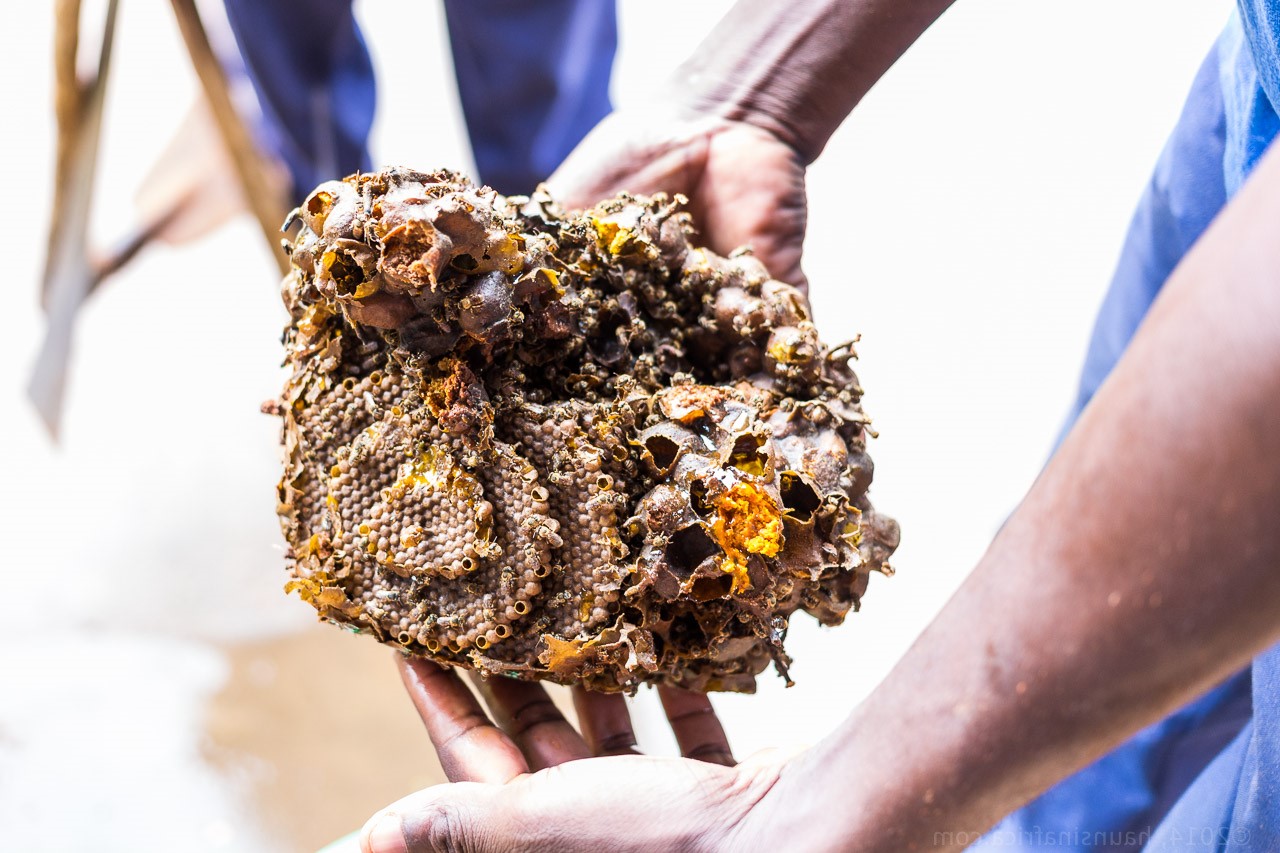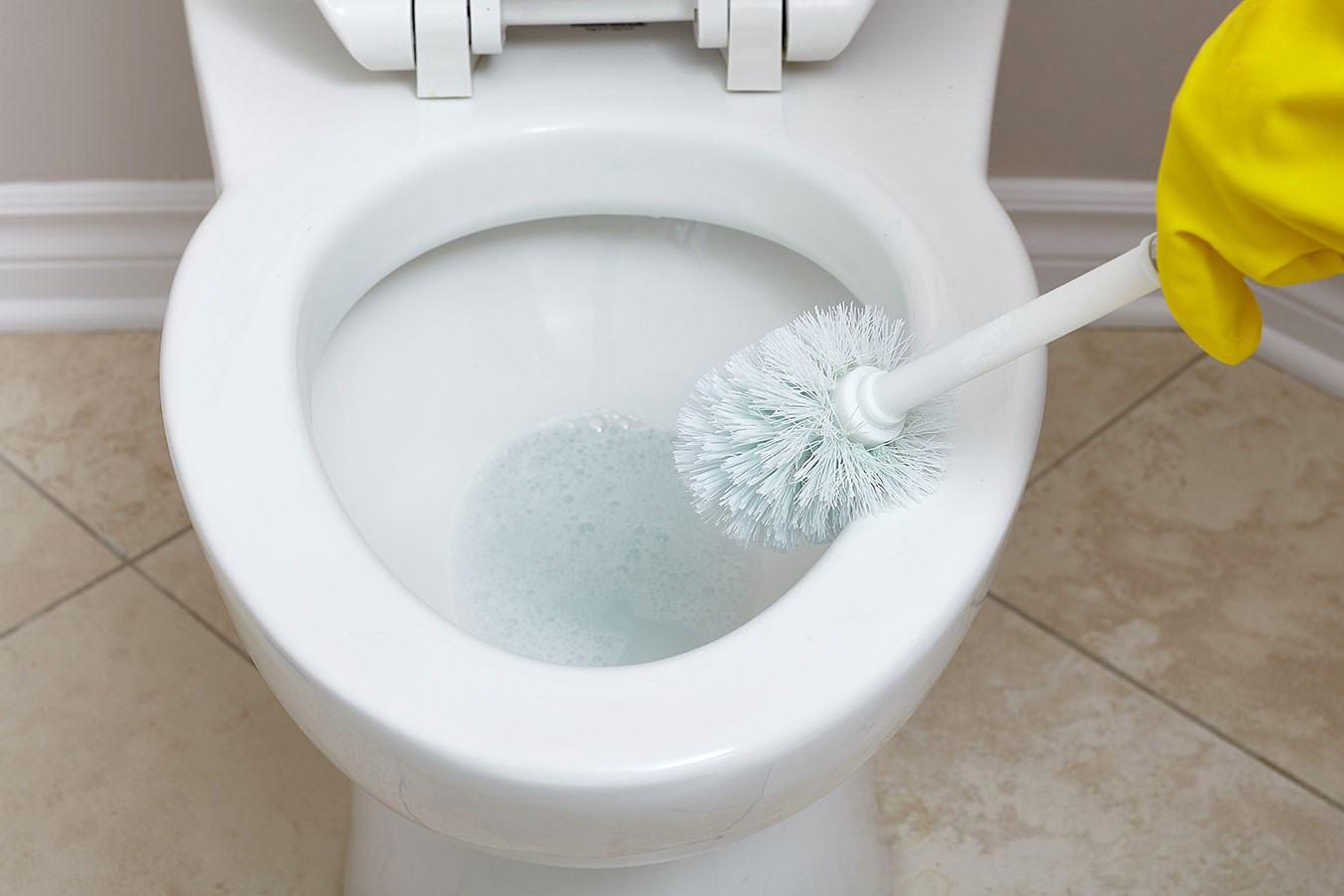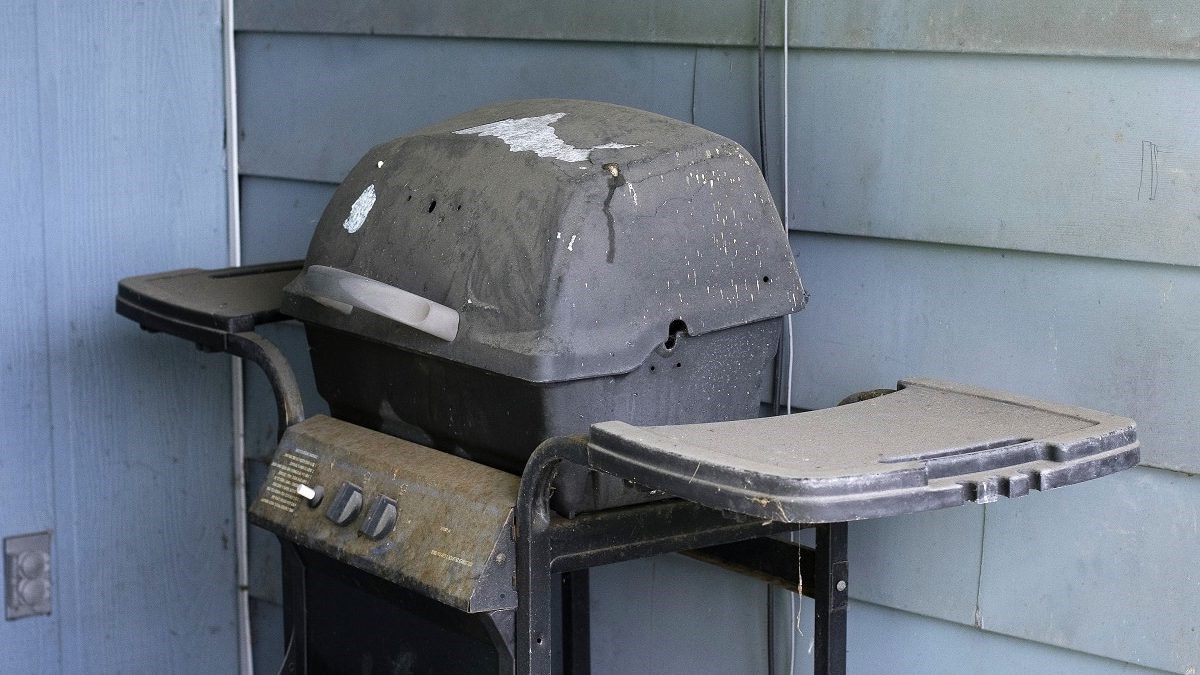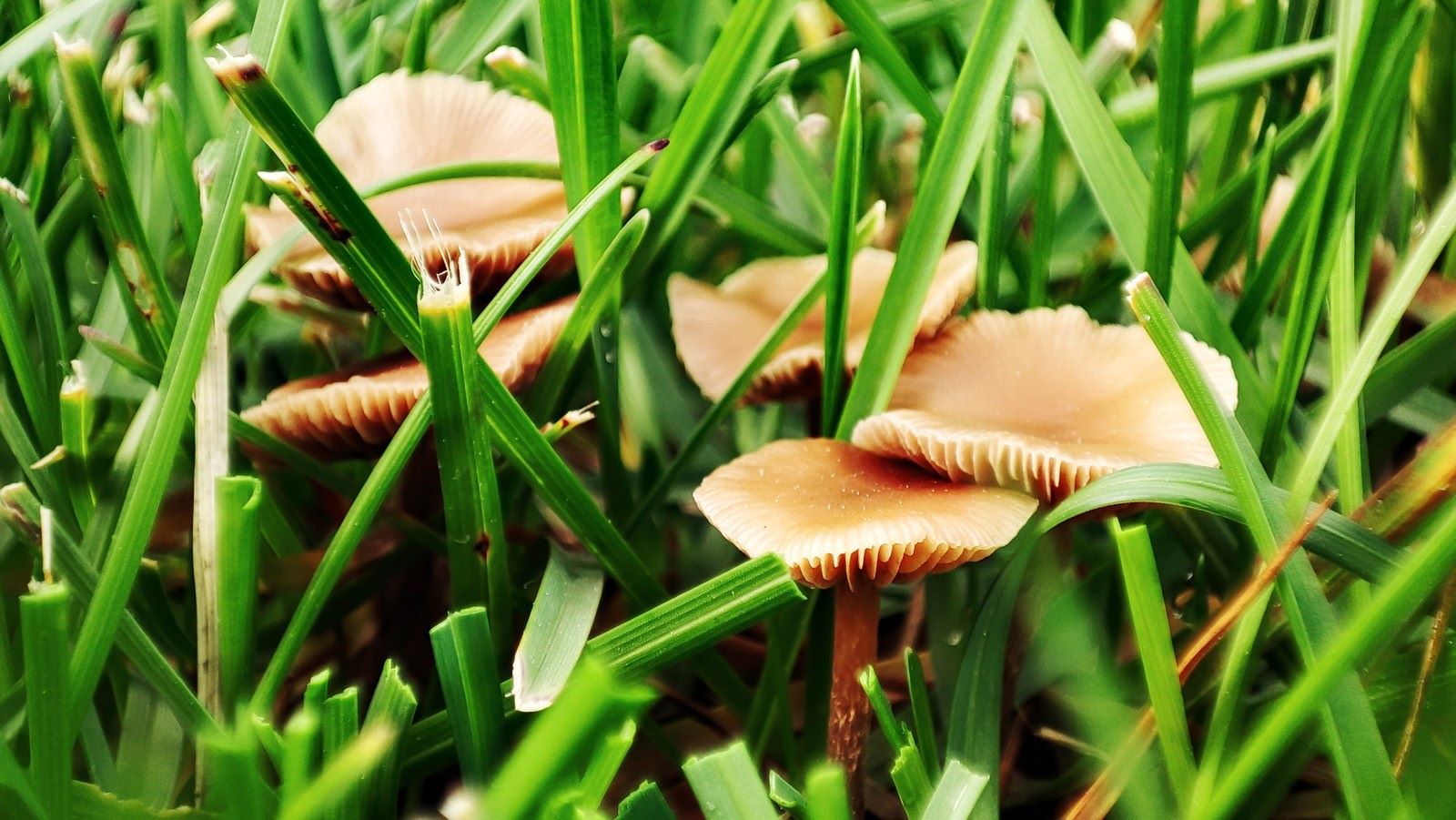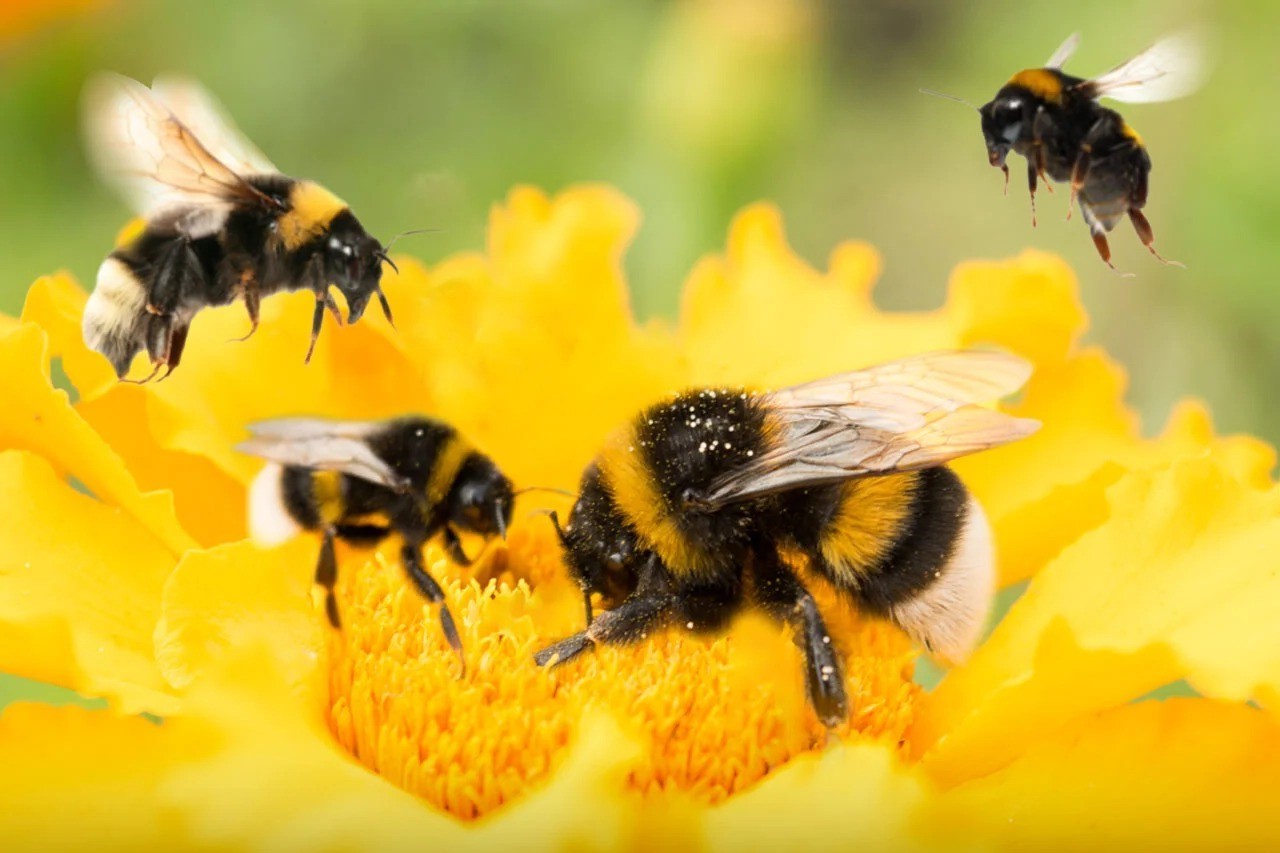Home>Home and Garden>How To Get Rid Of Sugar Ants
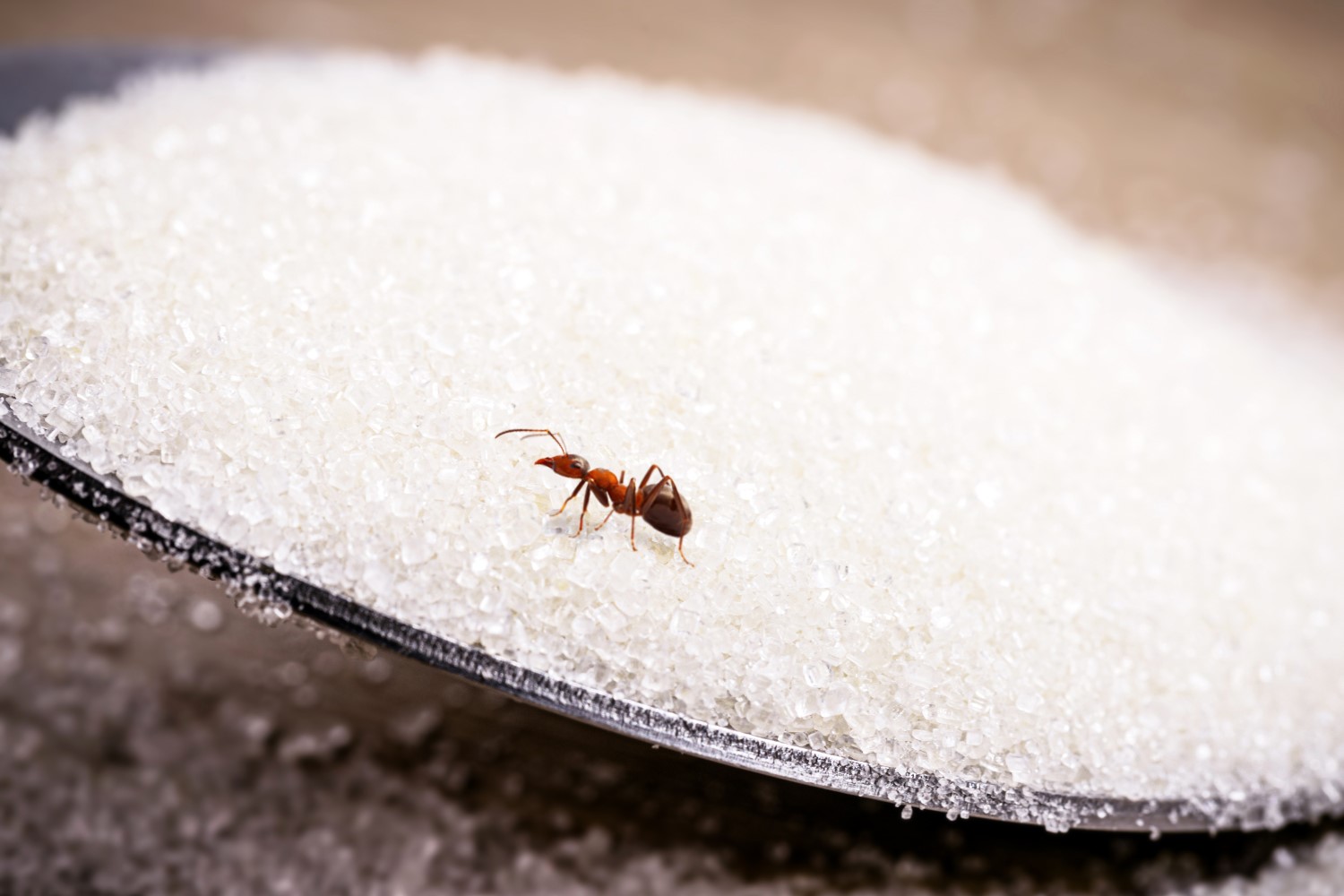

Home and Garden
How To Get Rid Of Sugar Ants
Published: March 7, 2024
Learn effective home and garden solutions to eliminate sugar ants. Discover natural methods to keep your home pest-free.
(Many of the links in this article redirect to a specific reviewed product. Your purchase of these products through affiliate links helps to generate commission for Noodls.com, at no extra cost. Learn more)
Table of Contents
Introduction
Dealing with a sugar ant infestation can be a frustrating experience for homeowners. These tiny pests, also known as odorous house ants, are attracted to sugary substances and can quickly become a nuisance in your home. From raiding your pantry to infiltrating your countertops, sugar ants seem to appear out of nowhere, leaving a trail of frustration in their wake.
In this comprehensive guide, we will explore effective strategies to eliminate sugar ants from your living space. Whether you're dealing with a minor incursion or a full-blown infestation, understanding the behavior of these persistent insects is crucial to implementing successful eradication methods. By identifying their habits and preferences, you can take proactive measures to prevent their entry and eliminate existing colonies.
Join us as we delve into the world of sugar ants, uncovering their telltale signs, exploring natural remedies, and evaluating chemical treatments. With the knowledge and tools provided in this guide, you'll be equipped to reclaim your home from these pesky invaders and restore peace of mind. Let's embark on this journey to bid farewell to sugar ants and regain control of your living space.
Read more: How To Get Rid Of Ants
Identifying Sugar Ants
Sugar ants, scientifically known as Tapinoma sessile, are small, dark brown to black insects that measure about 1/16th to 1/8th of an inch in length. They are commonly found foraging for food in kitchens, pantries, and other areas where sugary or greasy substances are present. Identifying sugar ants is crucial in implementing effective control measures to eliminate these persistent pests from your home.
Physical Characteristics
Sugar ants have a distinct appearance, characterized by their segmented bodies and a pair of elbowed antennae. Their bodies are typically dark brown to black in color, and they emit a musty or rotten coconut-like odor when crushed, hence their alternate name, odorous house ants. This odor is a key identifier that distinguishes them from other ant species.
Nesting Behavior
These ants often build their nests in moist or humid areas, such as under sinks, inside wall voids, or beneath piles of debris. They are known for their preference for nesting near moisture sources, making bathrooms and kitchens prime locations for their colonies. Identifying their nesting sites is essential for targeting the source of the infestation.
Foraging Patterns
Sugar ants are relentless foragers, constantly seeking out food sources to sustain their colonies. They are particularly drawn to sweet substances, including sugar, honey, and fruit juices. Observing their foraging trails can provide valuable insights into their entry points and preferred food sources, aiding in the development of effective prevention strategies.
Read more: How To Get Rid Of Ants In Your Car
Behavior and Habits
These ants are highly adaptable and can establish multiple satellite colonies, making eradication challenging. They are also known for their rapid reproduction rates, with a single queen capable of producing hundreds of offspring. Understanding their reproductive behavior and colony structure is essential for implementing targeted control measures.
By familiarizing yourself with the physical characteristics, nesting behavior, foraging patterns, and habits of sugar ants, you can effectively identify and address infestations in your home. Armed with this knowledge, you can proceed to explore prevention methods, natural remedies, and chemical treatments to combat these persistent pests and reclaim your living space.
Prevention Methods
Preventing sugar ant infestations requires a proactive approach to eliminate potential entry points and minimize attractive food sources. By implementing the following prevention methods, you can fortify your home against these persistent pests and reduce the likelihood of future invasions.
1. Seal Entry Points
Inspect your home for potential entry points, including gaps around windows, doors, and utility penetrations. Seal any cracks or crevices using silicone caulk to prevent sugar ants from infiltrating your living space. Pay particular attention to areas where pipes and wires enter the structure, as these can serve as entry points for ants seeking shelter and food.
2. Maintain Cleanliness
Keep your kitchen and dining areas clean and free of food debris. Wipe down countertops, sweep floors, and promptly clean up spills to eliminate potential food sources that attract sugar ants. Store food in airtight containers to prevent access and remove pet food dishes after feeding to minimize available food for foraging ants.
Read more: How To Get Rid Of Ants In Yard
3. Eliminate Moisture Sources
Address any moisture issues in your home, as sugar ants are attracted to damp environments. Repair leaky faucets, seal gaps around plumbing fixtures, and ensure proper ventilation in bathrooms and basements. By reducing moisture levels, you can discourage ants from establishing nesting sites within your home.
4. Trim Vegetation
Maintain a clear perimeter around your home by trimming vegetation and shrubbery. Overhanging branches and dense foliage can provide pathways for ants to access your property. By creating a barrier between your home and outdoor vegetation, you can reduce the likelihood of sugar ants finding their way indoors.
5. Natural Repellents
Explore natural repellents, such as citrus peels, cinnamon, or peppermint oil, to deter sugar ants from entering your home. These scents are known to repel ants and can be strategically placed near entry points or potential infestation areas. Additionally, consider using diatomaceous earth as a natural barrier to prevent ant access to specific areas.
6. Regular Inspections
Conduct routine inspections of your home to identify and address potential vulnerabilities. By staying vigilant and proactively addressing any signs of ant activity, you can prevent minor incursions from developing into full-blown infestations. Early detection and intervention are key to effective ant control.
By implementing these prevention methods, you can create an inhospitable environment for sugar ants, reducing the likelihood of infestations and minimizing the need for extensive eradication measures. Taking proactive steps to fortify your home against these persistent pests will contribute to a pest-free living environment and peace of mind for you and your family.
Read more: How To Get Rid Of Grasshoppers
Natural Remedies
When it comes to combating sugar ant infestations, natural remedies offer a safe and environmentally friendly alternative to chemical treatments. These remedies leverage the inherent properties of common household items to repel, deter, and eliminate sugar ants from your living space. By incorporating natural remedies into your pest control strategy, you can effectively address ant infestations while minimizing exposure to potentially harmful chemicals.
1. Vinegar Solution
Vinegar, particularly white vinegar, serves as a potent natural deterrent for sugar ants. By mixing equal parts of white vinegar and water in a spray bottle, you can create an effective ant-repellent solution. Simply spray the mixture along ant trails, entry points, and infested areas to disrupt their foraging patterns and discourage their presence in your home.
2. Essential Oils
Certain essential oils, such as peppermint oil, tea tree oil, and citrus oils, possess strong aromatic properties that repel sugar ants. Dilute a few drops of your chosen essential oil with water and apply the solution to surfaces where ants are active. The potent scent acts as a natural barrier, deterring ants from accessing treated areas and disrupting their communication trails.
3. Baking Soda and Powdered Sugar
A combination of baking soda and powdered sugar can serve as a natural bait and eradication method for sugar ants. Mix equal parts of baking soda and powdered sugar and place the mixture in shallow dishes near ant activity. The ants will be attracted to the powdered sugar but will ingest the baking soda, which disrupts their digestive systems and ultimately leads to their demise.
Read more: How To Get Rid Of Yellowjackets
4. Lemon Juice
The acidic nature of lemon juice makes it an effective natural deterrent for sugar ants. Squeeze fresh lemon juice and apply it along entry points, windowsills, and other areas prone to ant activity. The strong citrus scent and acidic properties act as a natural barrier, deterring ants from crossing treated areas and disrupting their foraging trails.
5. Diatomaceous Earth
Diatomaceous earth, a natural sedimentary rock powder, can be used as a physical barrier to prevent ant access to specific areas. Sprinkle a thin layer of diatomaceous earth near entry points, along ant trails, and around potential nesting sites. The abrasive nature of diatomaceous earth damages the ants' exoskeletons, dehydrating and ultimately killing them upon contact.
By incorporating these natural remedies into your ant control efforts, you can effectively address sugar ant infestations while minimizing the use of chemical treatments. These natural solutions offer a safe and sustainable approach to pest management, providing peace of mind for you and your family while maintaining a healthy living environment.
Chemical Treatments
When natural and preventive measures prove insufficient in addressing a sugar ant infestation, chemical treatments can serve as a targeted and effective solution to eradicate these persistent pests. It is important to approach chemical treatments with caution, ensuring the safety of occupants and pets while effectively eliminating the ant population.
1. Ant Baits
Ant baits are a commonly used chemical treatment for sugar ants. These baits contain slow-acting insecticides that are attractive to ants, allowing them to carry the toxic substance back to their colonies. As the ants feed on the bait and transport it to their nest, the insecticide spreads, ultimately leading to the demise of the entire colony. It is crucial to place ant baits strategically near ant trails and entry points, ensuring that they remain accessible to foraging ants while remaining out of reach of children and pets.
Read more: How To Get Rid Of Cowlicks
2. Liquid Insecticides
Liquid insecticides, specifically formulated for ant control, can be applied as barrier treatments along the perimeter of the home or directly to ant trails and nesting sites. These insecticides contain active ingredients that disrupt the ants' nervous systems upon contact, effectively eliminating individual ants and deterring further incursions. When using liquid insecticides, it is essential to follow the manufacturer's instructions, apply the product in targeted areas, and avoid direct contact with treated surfaces until the solution has dried.
3. Aerosol Sprays
Aerosol sprays offer a convenient and precise method for targeting sugar ants in hard-to-reach areas and confined spaces. These sprays typically contain fast-acting insecticides that quickly immobilize and eliminate ants upon contact. When using aerosol sprays, it is important to apply the product directly to the ants and their nesting sites while taking precautions to avoid inhalation and direct skin contact. Additionally, aerosol sprays can be used to create barriers around entry points, effectively preventing ant ingress.
4. Professional Pest Control Services
In cases of severe or persistent infestations, seeking the expertise of professional pest control services may be necessary. Licensed pest control professionals have access to a range of specialized chemical treatments and application methods tailored to effectively eliminate sugar ants. These professionals can conduct thorough inspections, identify nesting sites, and implement targeted chemical treatments while prioritizing the safety of occupants and pets.
When utilizing chemical treatments for sugar ant control, it is imperative to prioritize safety, carefully follow product instructions, and consider the potential impact on the environment. Additionally, it is essential to store and dispose of chemical products in accordance with local regulations to minimize environmental impact and ensure the well-being of your household and surrounding ecosystem.
By incorporating targeted chemical treatments into your pest control strategy, you can effectively address sugar ant infestations and safeguard your home against future incursions. When used responsibly and in conjunction with preventive measures, chemical treatments can serve as a valuable tool in achieving long-term ant control and maintaining a pest-free living environment.
Conclusion
In conclusion, addressing a sugar ant infestation requires a multifaceted approach that encompasses identification, prevention, natural remedies, and, when necessary, targeted chemical treatments. By understanding the physical characteristics, nesting behavior, foraging patterns, and habits of sugar ants, homeowners can effectively identify and address infestations in their living spaces. This knowledge serves as the foundation for implementing proactive prevention methods, such as sealing entry points, maintaining cleanliness, eliminating moisture sources, trimming vegetation, and utilizing natural repellents.
Natural remedies offer a safe and environmentally friendly alternative to chemical treatments, leveraging the inherent properties of common household items to repel, deter, and eliminate sugar ants. From vinegar solutions and essential oils to baking soda and powdered sugar, these natural remedies provide effective means of addressing ant infestations while minimizing exposure to potentially harmful chemicals.
When natural and preventive measures prove insufficient, targeted chemical treatments, such as ant baits, liquid insecticides, and aerosol sprays, can serve as effective solutions to eradicate sugar ant populations. It is crucial to approach chemical treatments with caution, ensuring the safety of occupants and pets while effectively eliminating the ant infestation.
By integrating these strategies and maintaining a proactive stance against sugar ants, homeowners can reclaim their living spaces from these persistent pests and create a pest-free environment for themselves and their families. Regular inspections, prompt intervention, and a combination of preventive measures and targeted treatments are essential components of a comprehensive ant control strategy.
Ultimately, by combining knowledge, vigilance, and a range of effective control methods, homeowners can successfully combat sugar ant infestations and enjoy a home free from the frustrations and inconveniences caused by these persistent pests. With a proactive and informed approach, it is possible to reclaim control of your living space and maintain a pest-free environment for the long term.
